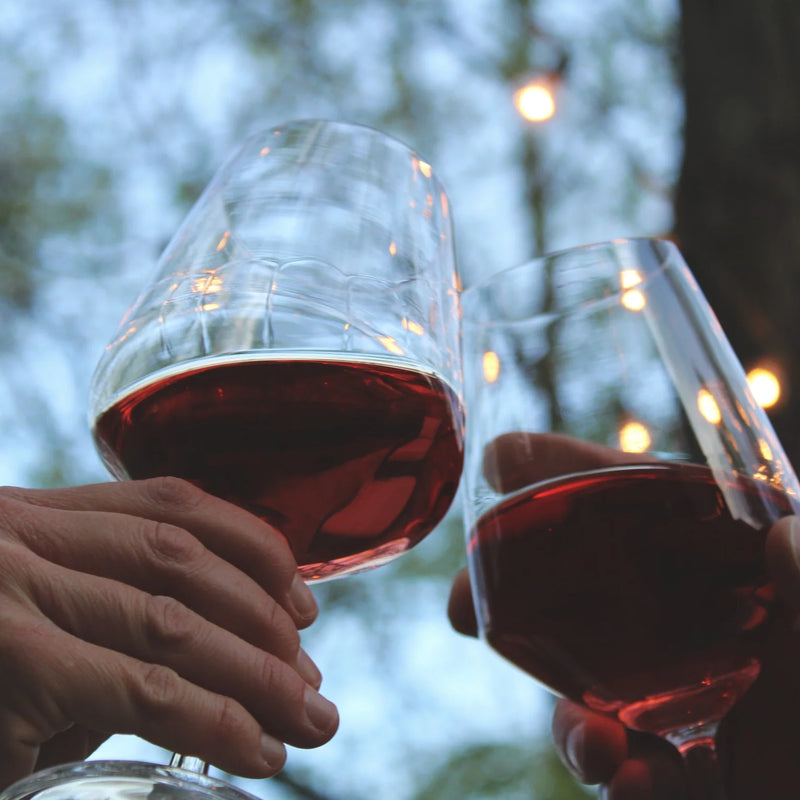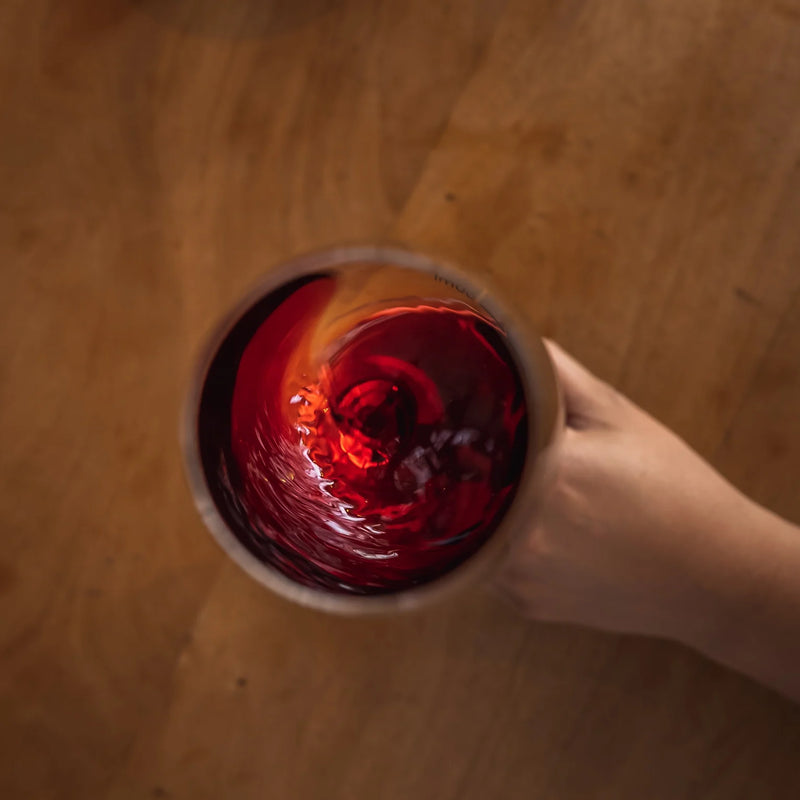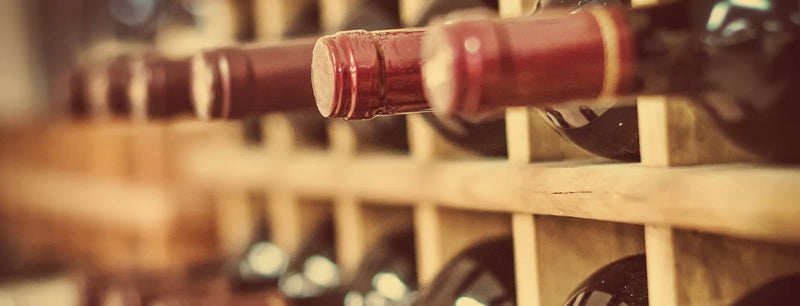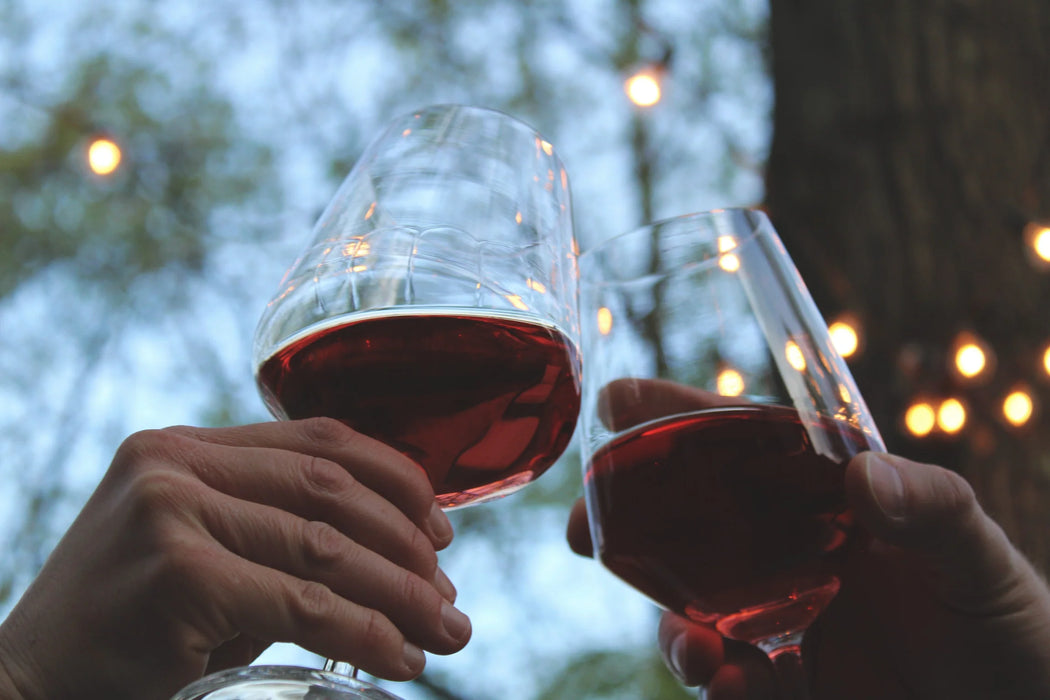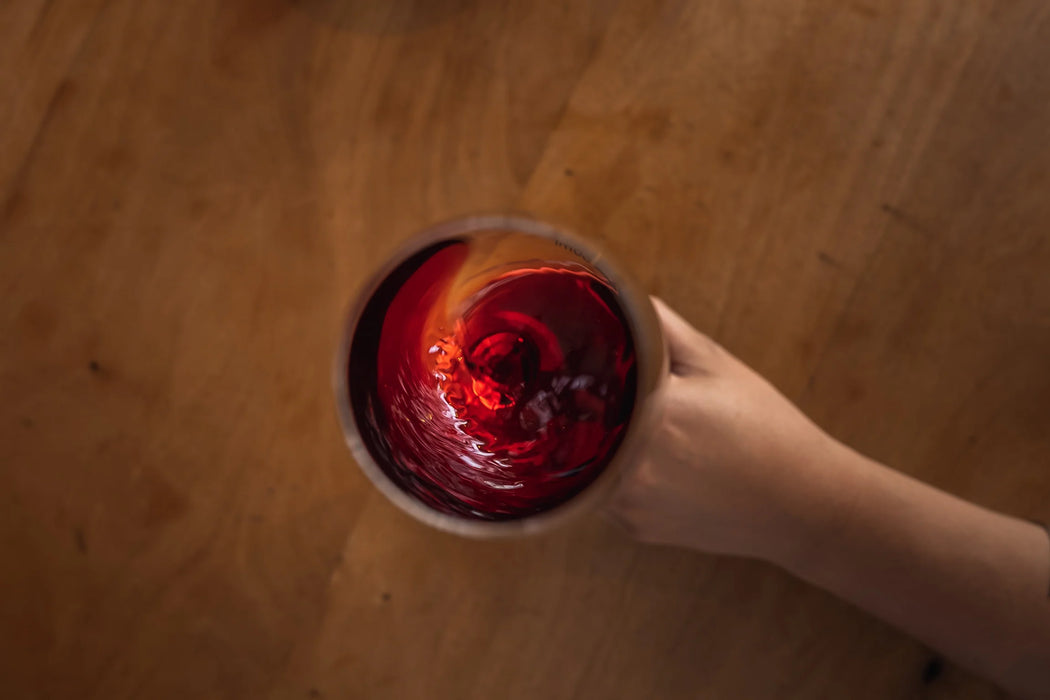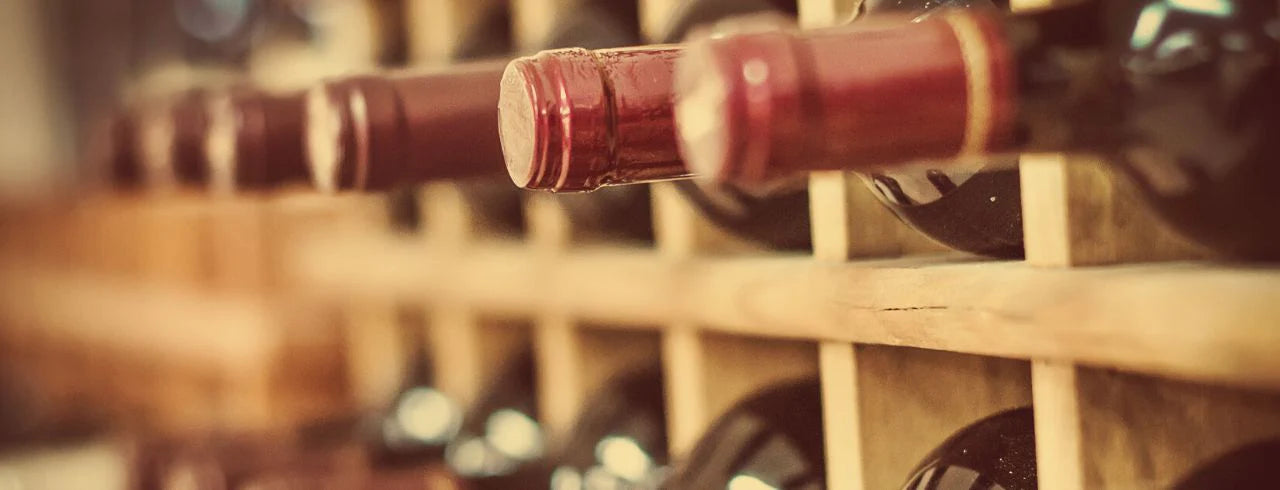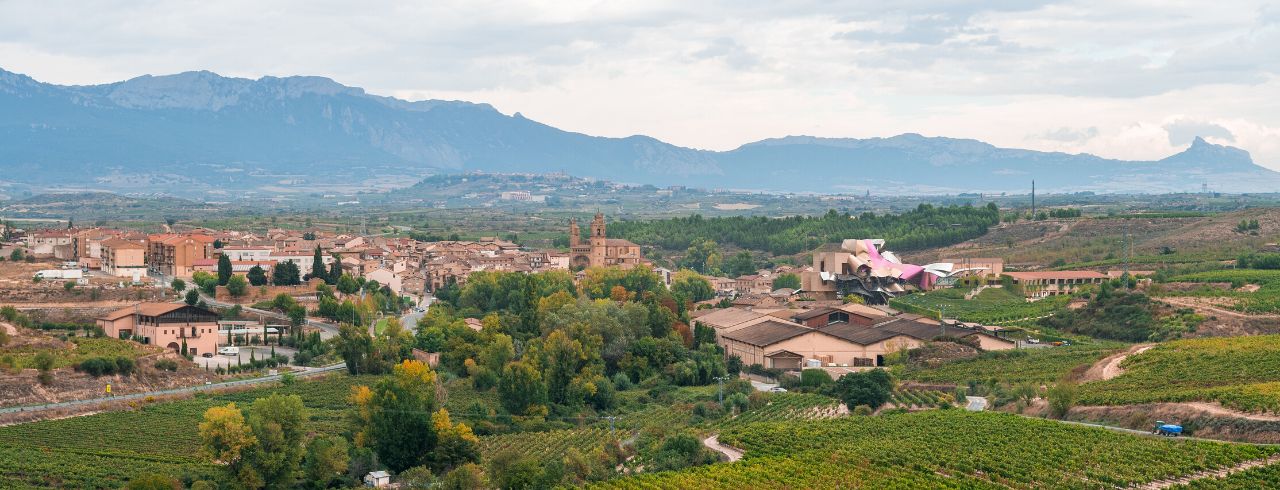
Rioja
Ree-o-ha
Parents & Origin: Tempranillo, Viura, Garnacha, Graciano, Mazuelo (Northern Spain) Grape: Varies based on grape(s) used Flavors: Cherry, plum, dill, vanilla, leather Notable Regions: Spain Sweetness: Dry Body: Medium-full Tannins: Medium-high Acidity: Medium-high ABV: 13.5-15%.
Shop Rioja Wine

The History of Rioja
Rioja is an indigenous Spanish wine varietal that likely dates back to Roman times. In fact, some speculate that the Rioja grape varieties may have been a precursor to the Bordeaux varieties that sprung up slightly later in France. Commercial wine production in Rioja began in the 13th century, and wine has been the region’s primary focus from the 15th century until now. It can be made as a red or white wine depending on the grape, though red wines using Tempranillo grapes are the most common.
Shop Rioja WineIn the 1780s, Don Manuel Quintano traveled to Bordeaux and brought back the oak aging technique to Rioja, which drastically improved the longevity and export potential of the wine. However, price controls at the time discouraged the use of oak until the Duke de la Victoria, and his aide Colonel Luciano Murrieta went on another expedition to uncover Bordeaux's techniques. Murrieta is credited with the reintroduction of oak barrels as well as the introduction of large fermentation vats.
Still, Rioja maintained a low-profile reputation and was seen as inferior to French wines until the mid-to-late 19th century. A series of fungal outbreaks devastated French vineyards, forcing many French producers to set up shop in Rioja. In the 20th century, the region suffered along with most of Europe due to World War II, but by the 1960s, production was back to normal. Finally, the 1970 vintage was regarded as one of the best wines in the world, leading to the acknowledgment of Rioja as one of the best Spanish wines. Most recently, producers have been experimenting with fruitier flavors to capture even more international attention.
Shop Rioja WineInteresting Fact: Though it is best known as a high-quality varietal wine, a lesser-known use of Rioja was its role in the creation of Sangria. Though Sangria was served at Spanish and Latin American restaurants since the 1940s, its main rise in global popularity came when the winery Bodegas Rioja Santiago displayed a Rioja-based Sangria at the 1964 World’s Fair.
Rioja Food Pairings
Due to its savory and full-bodied flavors, Tempranillo Rioja pairs best with equally rich dishes.
The Best Rioja Food Pairings
When it comes to meat, Rioja’s savory flavors pair excellently with lamb, chorizo, roasted pork, and chicken. Rioja also goes great with strong cheeses such as manchego, as well as charcuterie meats that can stand up to the wine.
Food Pairings to Avoid with Rioja
Like most full-bodied red wines, red Rioja is not suited for gentle dishes like fish or soft cheese due to its overpowering quality. White Riojas made from Viura grapes, while less common, may be better suited for these types of dishes.
Shop Rioja WineRioja Tasting Notes

Rioja is most commonly a red wine made from Tempranillo grapes, though sometimes Garnacha, Mazuelo, and Graciano grapes are used. Tempranillo is known for its structure, tannins, and savory taste, though it is notably fruitier than something like Cabernet Sauvignon. Overall, flavor notes include cherry, plum, dill, vanilla, and leather. Rioja can also be made as a white wine using Viura, Malvasía, and/or Garnacha blanca grapes, though this is much less common.
Shop Rioja WineRioja's Aging Potential
Since the introduction of oak aging in the 18th century, the effects of oak have become prominent in Rioja’s flavor profile. Rioja can use either American or French oak, but American is more common and is often crafted in the style of French barrels. The oak aging process became known for the vanilla flavor it imparts to the wine. In the past, producers would age red Rioja for up to 20 years or more, though more recently, this has declined to a handful of years, with 4-8 years for top reserve wines. As for white Rioja, oak aging used to be done for at least 2-5 years, though the use of oak has declined due to the more oxidized flavor it adds to white wines.
Rioja Classifications
Rioja is classified by the Consejo Regulador DOCa Rioja into four categories that are essential to understanding Rioja wine:
- Gran Reserva wines are the best of the best, requiring at least two years of aging in oak and three years in the bottle for reds (one year in oak for whites). Winemakers usually select the best grapes for this category.
- Reserva wines are one step below Gran Reserva but still bear exceptional quality. These wines must be aged for at least one year in oak and two in the bottle (six months in oak for whites). Many aficionados swear by Reserva due to its balance between the fruit notes of Crianza and the bitterness of Gran Reserva.
- Crianza is a more accessible classification that commonly uses used oak barrels, meaning the oak flavors are less pronounced. They require a minimum of one year in the barrel for red (six months for white) and usually at least a few months of bottle aging. Crianza is still rich and full-bodied but suitable for daily drinking.
- Rioja is the lowest level of classification, with no aging requirement, simply indicating that the wine comes from the Rioja region and uses eligible grapes. These wines lack the tannin structure and oak flavors of older wines, but they offer a more contemporary fruit palate that has become popular in recent years.
Shop Rioja Wine
Rioja in a Nutshell
Since its origins in the earliest days of Spanish winemaking, Rioja wines have become some of Spain's most recognizable and well-renowned varietals. With a balanced yet firm and tannic profile, traditional Tempranillo Riojas are known for their flavors of cherry, plum, dill, vanilla, and leather, pairing perfectly with savory meats and sharp cheeses. Whether it’s Rioja or Gran Reserva, a bottle of any Rioja wine is sure to impress. Perfect for an enthusiast's wine collection or for immediate consumption.
Related Wines
- Valnoches Rioja White Wine Review
- 2022 Terra Sara Verdejo Wine Review
- Discover 2020 El Bochorno Blanco Wine
- Discover Pajarito Cabernet Sauvignon 2022
- Chilean Santa Vita Sauvignon Blanc








